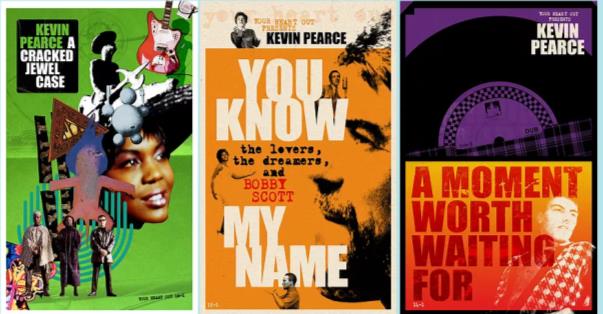 As Tragoudia, the Greek-themed edition of YHO, went to press debate was raging about the French government‘s crackdown on Roma encampments. While for some this was a cheap and cynical crowd-pleasing act, for others it had sinister echoes of the Fascist era and the way the Jewish and gypsy populations were targeted.
As Tragoudia, the Greek-themed edition of YHO, went to press debate was raging about the French government‘s crackdown on Roma encampments. While for some this was a cheap and cynical crowd-pleasing act, for others it had sinister echoes of the Fascist era and the way the Jewish and gypsy populations were targeted.Tragoudia itself drew to a close with a brief piece on the composer and campaigner Mikis Theodorakis. One of the great man’s works it refers to is his Romancero Gitano song cycle, which he completed in 1967 as the military junta seized power in Greece. This song cycle used Federico Lorca’s poems that were part of his romancero gitano, or if you like ‘song of the gypsies’. Theodorakis identified with Lorca’s tales of the gypsy as outlaw and outsider, finding a link with the way Greek people (and in particular Jews and Communists) suffered under the Nazis. And of course the Spanish people under a Fascist regime after Lorca’s death.
In Tragoudia, mention is made of how Maria Farantouri recorded a selection from the song cycle while in England at the start of the ‘70s, accompanied by John Williams on guitar, accentuating the Spanish themes. While Theodorakis’ own version features far more aggressive, driving rhythms, Williams’ arrangements are more reflective and introspective, even chillingly stark at times. There is a kind of irony for many a listener in that John Williams achieved great success with his recording of the classical Spanish styled composition Cavatina after it was used in the film The Deer Hunter.
Listening to Maria Farantouri sing with John Williams accompanying her, it is hard not to think of Miles Davis and Gil Evans creating their Sketches of Spain, and the way they immersed themselves in the music. The famous Nat Hentoff sleevenotes dwell on Gil as the autodidact, and how he studied library books on “Spanish – particularly flamenco – music and the life of the Spanish gypsy.”
There is a memorable Miles quote in the sleevenotes, which I love: “That melody is so strong that the softer you play it, the stronger it gets, and the stronger you play it, the weaker it gets.” It is maybe for that very reason that I have come to love Arleta’s later interpretation of Romancero Gitano so much. It’s so raw and sorrowful, with just Arleta’s deep voice and the accompaniment of acoustic guitar. Arleta was a real revelation when I came across her work, in many ways the embodiment of the 1960s ‘new wave’ or neo kyma, where Françoise Hardy and Joan Baez met traditional Greek folk songs. There is something so spectacularly sad in her singing that it really feels as though you are intruding listening in. The striking cover of her Sto Rythmo Tou Agera LP from the late ‘60s with her silhouetted, seated and playing an acoustic guitar on a hillside desolate, is just a perfect image for her music.
On YouTube there are a couple of clips of Arleta in the ‘70s where it looks as though she is in someone’s living room performing, and the sound is almost non-existent, which in a bizarre way leaves more to the imagination. And yet it would be wonderful to have footage from that era of her singing selections from Romancero Gitano like this ...

No comments:
Post a Comment